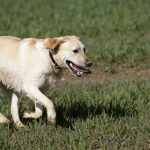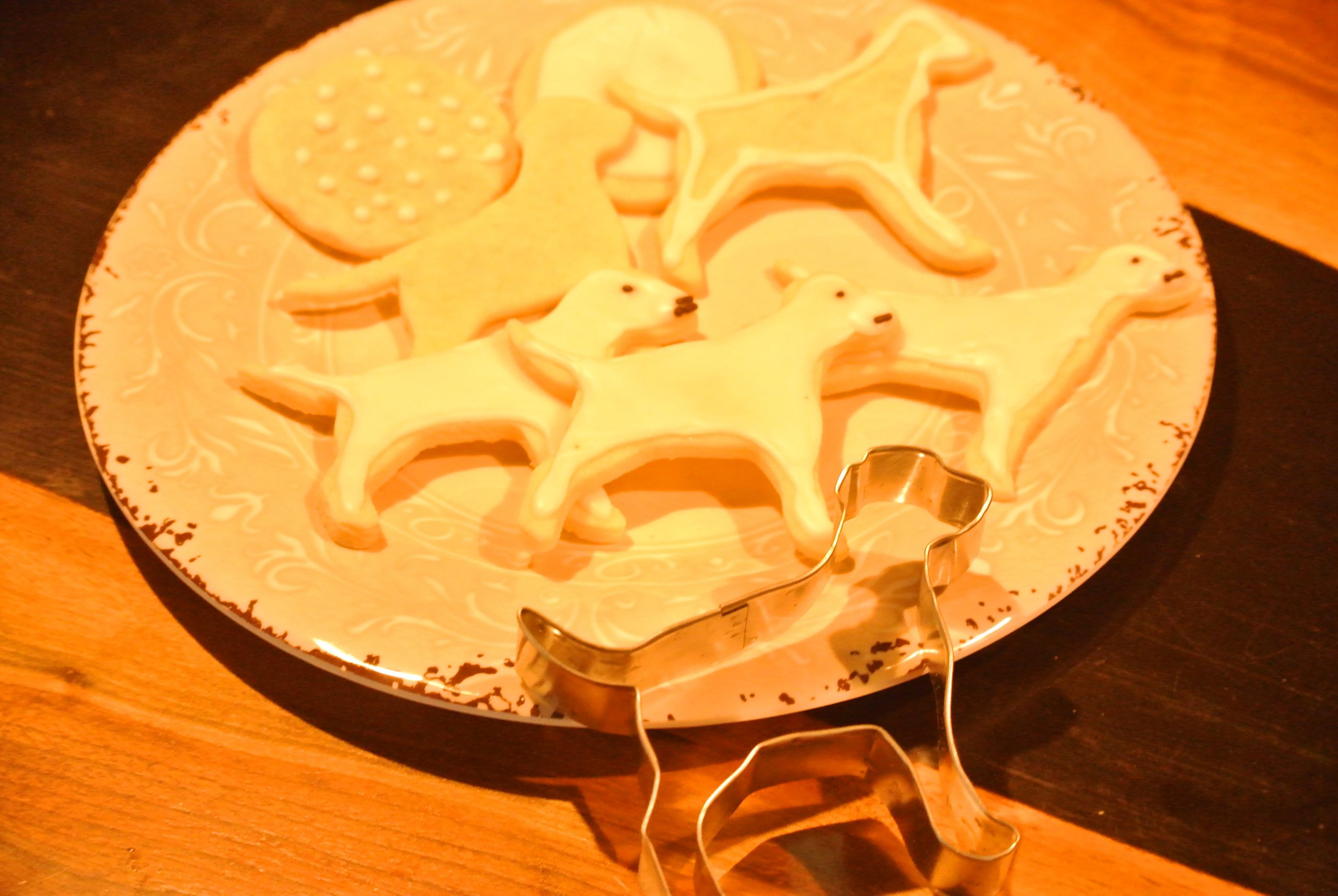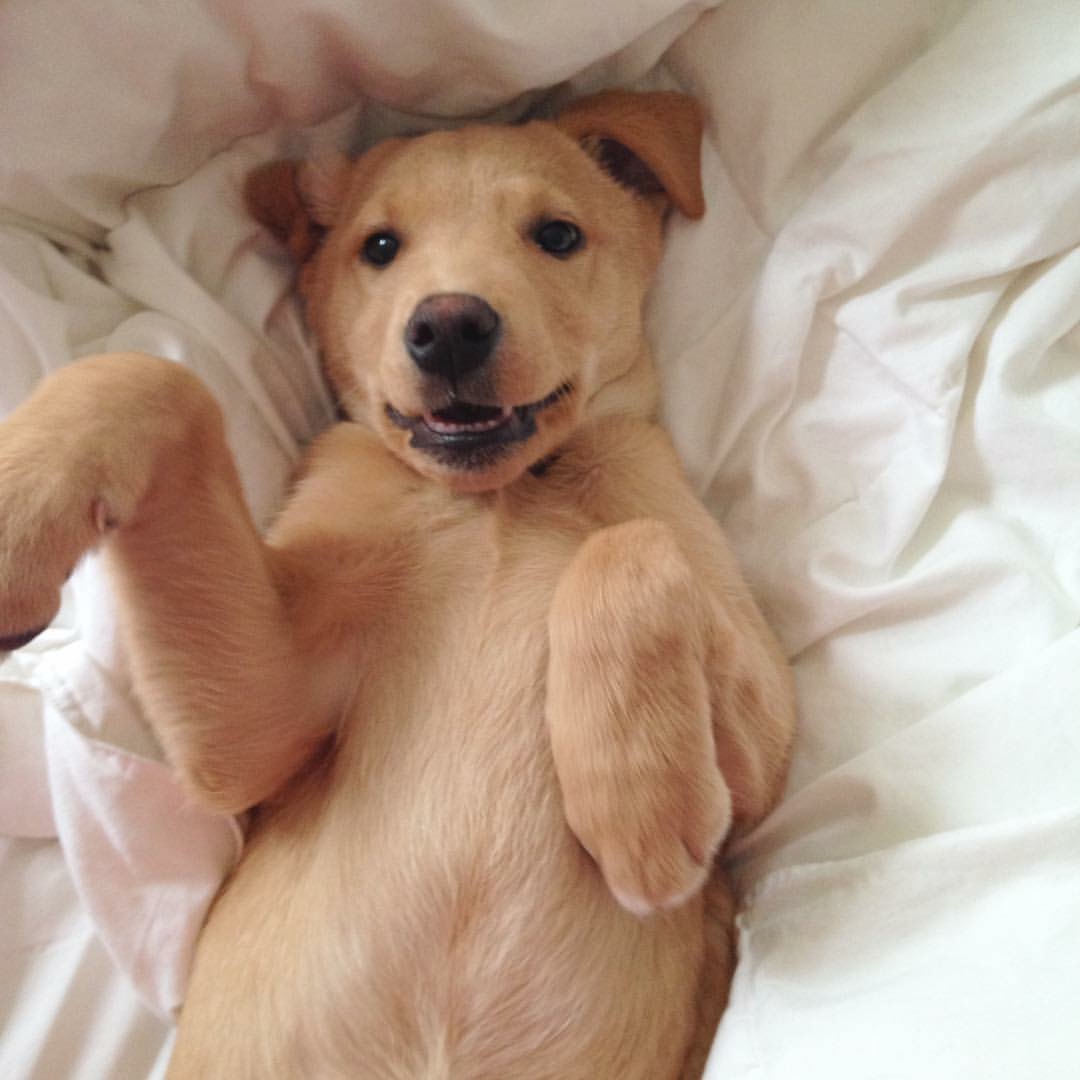By Dr. Dave Erlewein
Most companion-animal veterinarians examine dogs with dental problems and disease on a daily basis. By a wide margin, inflammation of the gums (gingivitis) and periodontal disease (a progressive infection that begins in the soft tissues surrounding the teeth) are the most common problems. Periodontal disease can lead to loss of teeth, dental abscesses, and, if the infection gets into the blood stream, damage to heart valves, the lining of the heart, and infections of internal organs such as the liver and kidneys.
Fractured teeth, deciduous or “puppy teeth” that did not come out properly, misaligned teeth, and objects such as bones or sticks lodged between the teeth are other common problems. While there is not much the pet owner can do about the latter group of maladies, there is much that can be done to prevent gingivitis and periodontitis and delay progression if they are already present.
Plaque, a milky-white film that forms on the teeth, is composed of bacteria, food debris, and cellular mucous. Plaque mineralizes within a few days and forms tartar (calculus) that adheres to the teeth. Eventually, the plaque gets under the gumline, resulting in pockets of infection and separation of the attachments of the gum to the tooth. When the infection reaches the tooth socket, loosening occurs and abscesses can occur.
Proper basic dental care involves four basic concepts: 1) A healthy, nutritious diet; 2) Effective chew treats and toys; 3) Home dental evaluation and cleaning; and 4) Professional evaluation and cleaning when needed. It is beyond the scope of this article to discuss the intricacies of nutrition, but there are many readily available healthy diets for our canine friends. If you have any concerns about your current feeding plan, call your veterinarian for assistance.
There are many varying opinions regarding proper chew toys and treats. Allowing access to bones and hard nylon or plastic chews is controversial; I have seen many fractured teeth and digestive-tract problems from bones and dental fractures from the hard nylon chews. Rawhides that soften as the dog chews are quite effective in cleaning the teeth, but small pieces can get lodged in the teeth or esophagus or be inhaled. Swallowing large pieces of rawhide can also result in intestinal obstruction. The Veterinary Oral Health Council’s list of diet, treat, and chew products given their seal of acceptance can be found at www.vohc.org/accepted_products.htm.
Home dental evaluation and teeth cleaning is the first line of defense against canine gingivitis and periodontal disease. Getting your pet to accept tooth brushing may require some patience, but even older dogs can be trained to accept tooth brushing. Start by dipping your finger in some beef or chicken bouillon or other highly flavored substance and gently rubbing the teeth and gums. When your dog is comfortable with this procedure, dip a toothbrush, finger brush, or folded gauze square in the same flavoring and gently rub the teeth and gums with a circular motion. At first it may be necessary to let your pet lick or lightly chew on the bristles of the brush or finger brush. When your pet is comfortable with this procedure, you can begin regular brushing.
While most pet owners use a soft, regular toothbrush for their pets, rubber or vinyl finger brushes that slip over the finger are available. While some dogs are more accepting of these brushes, the large, knobby bristles do not clean the margins of the teeth and gums as effectively as the bristle brushes. A gauze square wrapped around the finger is also an effective tool for tooth brushing.
Use a toothpaste designed for dogs, as human toothpastes are designed to be “spit out” rather than swallowed and dogs will end up swallowing much of the toothpaste. Your veterinarian can recommend a suitable product.
The majority of the plaque and tartar will accumulate on the upper row of teeth on the outside and on the larger teeth toward the rear of the mouth. This is because food tends to stick in this area and the outer surfaces of these teeth are non-occlusive. Don’t worry about the inner surfaces of the teeth, as the normal tongue action and the meshing of the upper and lower rows of teeth keep these surfaces quite clean. If your pet already has significant accumulations of tartar, professional cleaning will be necessary; tooth brushing will not remove heavy encrustations of tartar. While daily brushing is advisable, even brushing two to three times a week will go a long way in keeping your pet’s mouth healthy.
Examine your pet’s gums and teeth every time you brush them. Check the small teeth in front of the four fangs for bits of hair, string, or other materials caught in them. Dogs use these teeth when they are pulling things apart and extracting burrs and other objects from their coat and feet. Check the fangs for accumulations of yellow-brown tartar and fractures on the tips. The fourth teeth behind the upper fangs should be examined carefully. These teeth are frequently fractured from chewing on bones, rocks, and other hard objects. Look for thickening of the gums, bleeding gums, or excessive mouth odor.
Regular professional evaluation of your pet’s dental health is the final line of defense. Ask your veterinarian to check your dog’s teeth at all routine visits. When cleaning is advisable, it is usually done under a general anesthesia to allow cleaning of all the surfaces, examination of the throat and tongue, and polishing of all the teeth. Polishing makes it more difficult for both food particles and tartar to stick. Oral sealants are available, as are products to continue sealant therapy at home.
A healthy mouth will help protect your pet’s general health and well-being—and you won’t have to contend with “dog breath.”








